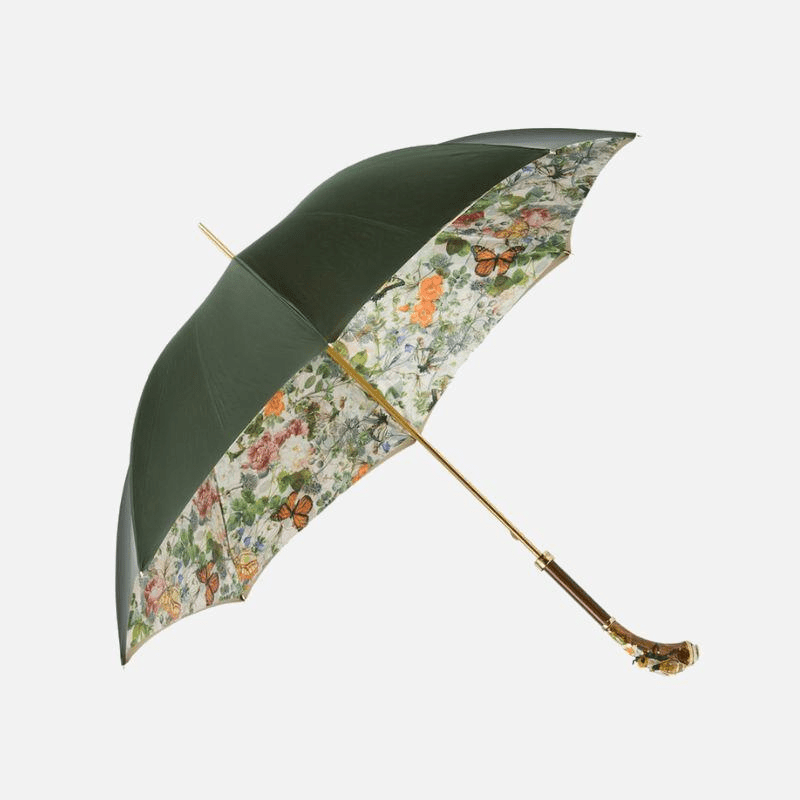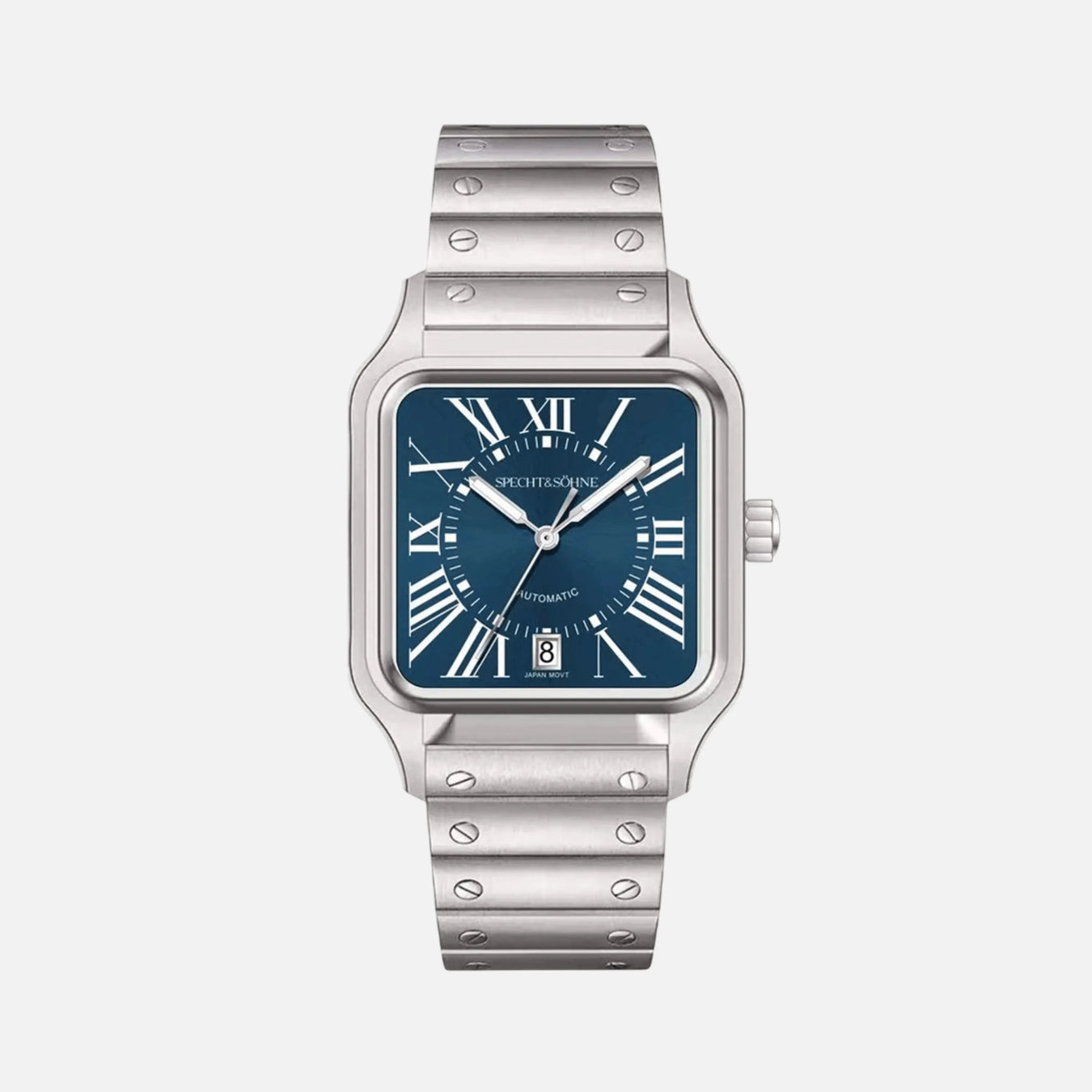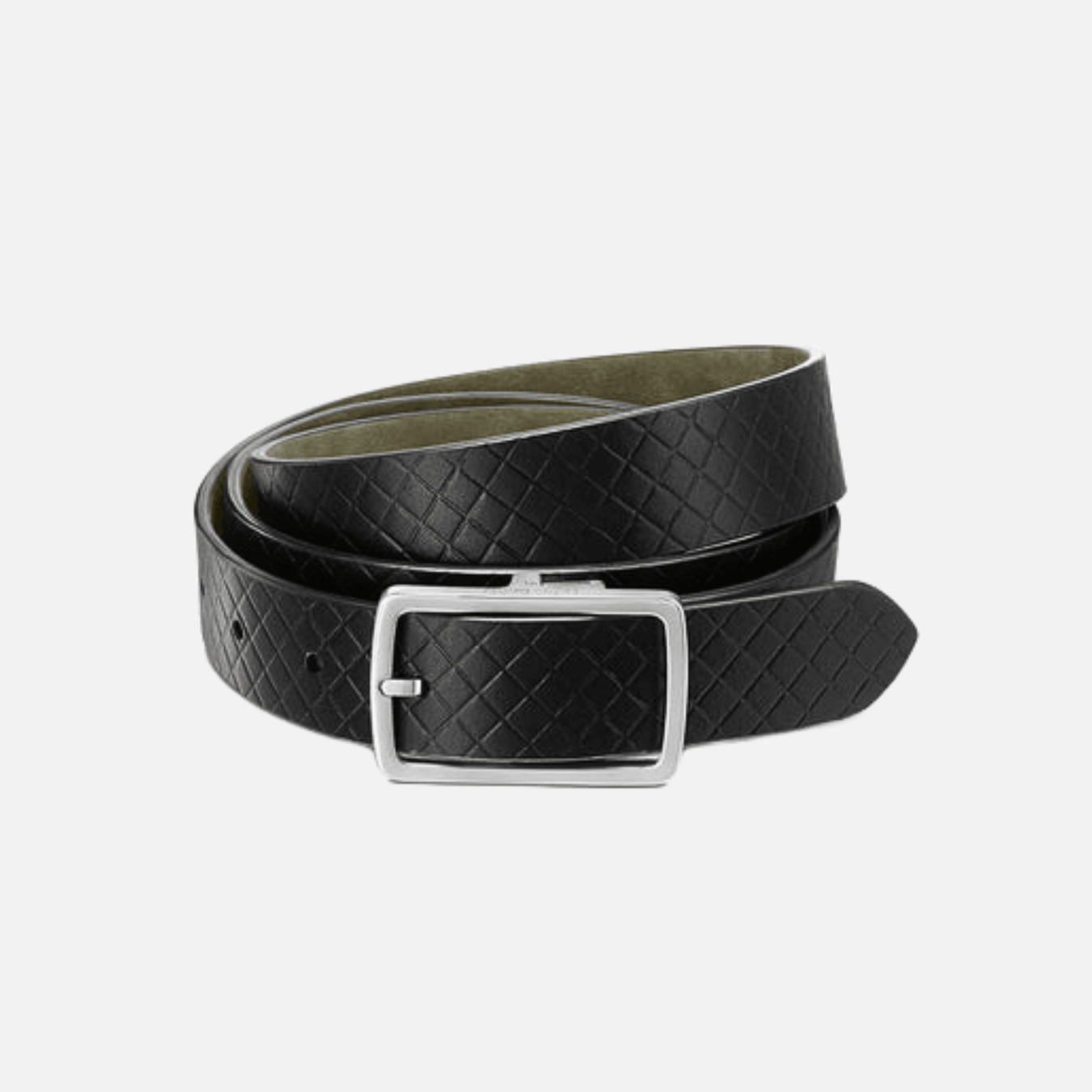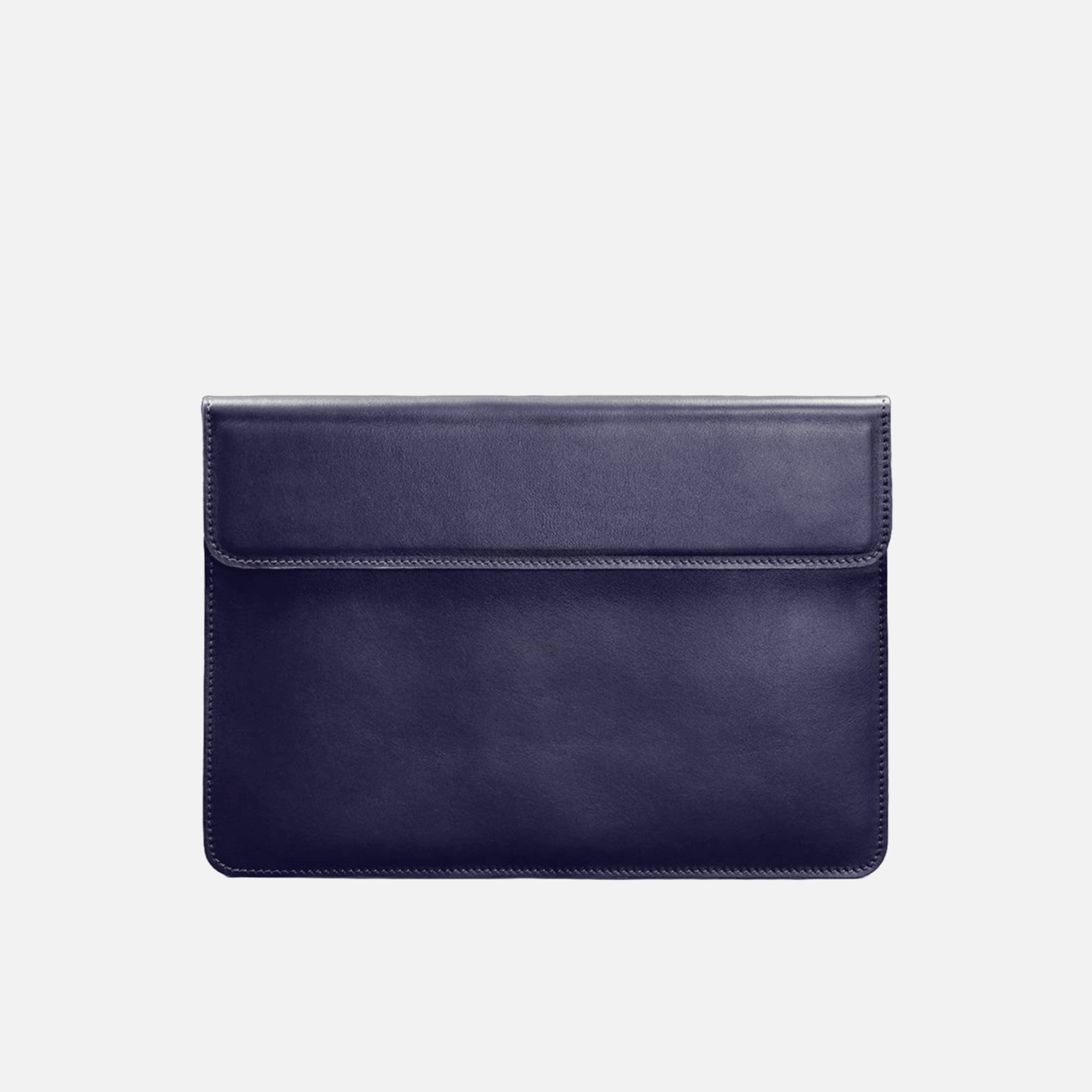Handcrafted Elegance: How Heirloom-Quality Walking Sticks Are Made for You
Introduction to Heirloom-Quality Walking Sticks
In an era where mass production is the norm, heirloom-quality walking sticks stand as a testament to the enduring appeal of handmade craftsmanship. Each walking stick is not merely a tool, but an expression of personal style, marrying functionality with elegance. Handcrafted elegance is at the heart of every piece, meticulously shaped by skilled artisans who ensure that the cultural heritage of traditional stick-making is preserved for future generations.
Such walking sticks come to life in a process that is both an art and a science, made to order to cater to individual preferences. The personalized nature of these walking sticks signifies a notable departure from classic designs, embracing contemporary trends in luxury walking cane aesthetics. Materials of the highest quality are sourced, and attention to minute detail is paramount, ensuring that each cane not only looks exquisite but also offers reliable support.
For those interested in acquiring these bespoke creations, comprehensive about us pages and FAQs provide insight into the meticulous process of fashioning a walking stick that is both utilitarian and ornamental. The journey from selecting the perfect wood to applying the final finish is guided by a client-centric approach, ensuring that the resulted heirloom-quality walking stick is a true extension of the owner’s identity, from classic elegance to contemporary chic.
In-depth knowledge of luxury walking cane design trends is infused into every handcrafted piece, marking them as symbols of prestige and timeless artisanship. These are more than walking aids; they are heirloom treasures that encapsulate the charm of yesteryears and the sophistication of modern design sensibilities.
The Revival of Handcrafted Walking Sticks
In an era where mass-produced items reign supreme, the resurgence of handcrafted walking sticks harks back to a time when artisans poured their souls into their creations. Walking sticks, once a staple of the genteel class and a symbol of prestige, are now experiencing a renaissance among connoisseurs of bespoke craftsmanship and those who seek the tactile warmth of a handmade piece.
Esteemed artisans, well-versed in their craft, take pride in their work, creating walking sticks that are not just functional but also works of art. Each handcrafted walking stick is a testament to the maker’s skill, with attention to detail that far surpasses that of their mass-produced counterparts. Traditional woodworkers select premium materials, from exotic woods to locally-sourced timber, ensuring that every piece is unique and of heirloom quality.
Customization is key to the appeal of handcrafted walking sticks. Made to order, these pieces cater to individual preferences, ranging from intricate carvings to custom-fitted handles. Talented artists carve, shape, and polish each stick, often embellishing them with personalized motifs or precious metals to reflect the owner’s personality or status.
The advent of online platforms has played a pivotal role in the revival of handmade walking canes, providing greater accessibility to a global market of discerning buyers. Craftsmen share their process, from classic to contemporary trends in luxury walking cane design and aesthetics, on websites, offering transparent ‘About Us’ narratives, detailed FAQs, and insight into the art of handmaking. This has fostered a strong community of enthusiasts and practitioners, keen on keeping the tradition alive, while injecting modern modes and styles.
Recognizing the depth of skill required in the creation of handcrafted walking sticks contributes significantly to their resurgent popularity. In a world yearning for a personal touch, these artisans offer more than support for walking; they provide a connection to the timeless craft and the human touch in every curve and line of their creations.
Choosing the Right Wood for Durability and Aesthetics
When seeking an heirloom-quality walking stick that not only offers support but also exudes sophistication, selecting the perfect wood is paramount. Each piece of wood holds its unique grain patterns and color tones, influencing the final appearance and durability of the walking stick. Handmade walking sticks blend classic craftsmanship with contemporary design trends, providing a timeless accessory that complements various fashion sensibilities.
In the quest for durability, hardwoods are often the preferred choice. Woods such as hickory, oak, or ash possess innate strength and resilience, capable of withstanding frequent use while maintaining structural integrity. However, for those who prioritize weight alongside durability, woods like maple or cherry may strike a more balanced compromise.
Aesthetically, the wood should align with personal taste and lifestyle. Traditionalists might gravitate towards the rich, dark hues of walnut or mahogany, which offer a classic elegance. Contrastingly, individuals appreciative of more modern, minimalistic styles could opt for woods with lighter shades and subtle grain patterns, such as birch or beech.
Craftsmen creating made-to-order walking sticks also incorporate finishes that protect the wood and enhance its natural beauty. Whether it’s a sleek, glossy finish for a more refined look or a hand-rubbed oil finish that showcases the wood’s raw texture, the treatment contributes significantly to the walking stick’s aesthetic and longevity.
Prospective patrons examining the available options might find the FAQ or About Us section enlightening, as it details the woods used and the artisanal process. Here, one can learn about the intricate consideration given to each handcrafted piece—from classic styles to contemporary trends in luxury walking cane design—ensuring that every made-to-order stick not only serves as a reliable walking aid but also as a personal statement of elegance.
Artisan Techniques: From Whittling to Finishing
Heirloom-quality walking sticks encapsulate a blend of tradition and modernity, merging classic sensibilities with contemporary trends in luxury cane design. When made to order, each walking stick enters a meticulous process that begins with the careful selection of wood. Artisans examine the grain and flexibility, ensuring the material’s integrity and aesthetic appeal.
Once an appropriate piece of wood has been chosen, the art of whittling begins. This is a time-honored technique where craftsmen painstakingly shape the wood using knives and chisels. The process is unhurried, with attention to the minutest details, gradually revealing the walking stick’s form. The whittling stage is an interplay between the craftsman’s vision and the natural characteristics of the wood, guiding each decision in the shaping process.
After the rough shape is achieved, the walking stick undergoes a series of finer crafting steps. Sanding is performed in stages, starting with coarser grits and progressing to finer ones. This step is crucial for achieving a smooth surface that is pleasant to the touch and ready for further embellishment.
Artisans then apply their expert skills in carving to add intricate details, personalizing each piece. This may involve etching patterns, crafting handles, or embedding emblems – all by hand, ensuring that no two walking sticks are exactly alike. The FAQ section about us often highlights our dedication to these personalized touches.
The finishing step seals and protects the wood, enhancing its natural beauty and durability. Various finishes are used, from oils and waxes to lacquers, depending on the desired sheen and protection level. The choice of finish also reflects current trends in walking cane aesthetics, allowing the fusion of elegance and practicality.
Throughout each phase, from classic whittling techniques to the final finishing touches, the handmade walking stick evolves into a functional work of art, a testament to the craftsman’s expertise and the purchaser’s refined taste.
Customization Options for Personalized Walking Sticks
The essence of handcrafted elegance lies not only in the quality of the workmanship but also in the personalized touch that transforms a walking stick from a functional tool to a luxury fashion statement. Heirloom-quality walking sticks offer a range of customization options that cater to individual preferences, from classic to contemporary trends in cane design.
Materials: Clients can choose from various woods, from the rich hues of mahogany to the intricate grains of exotic woods. Those seeking something even more personal could select materials with symbolic significance or personal associations.
Handles: The handle style is a crucial aspect of a walking stick’s aesthetics and comfort. Options range from traditional crook handles to ornate, sculptural pieces that reflect the user’s personal style or heritage.
Engravings: To add a bespoke element, artisans can engrave names, initials, dates, or special messages onto the walking stick, making it a truly unique item.
Finishes: From a high gloss for a sleek, modern feel to a rubbed oil finish that highlights the wood’s natural beauty, customers have a variety of finishes to choose from.
Accessories: For an added touch of luxury, clients can opt for inlaid gems, precious metals, or custom-designed ferrules for their walking sticks.
Size and Fit: Made to order, the walking stick can be tailored to the perfect height and circumference for the user’s needs, ensuring both comfort and style.
For those seeking assistance, an extensive FAQ section provides details about the process, while the ‘About Us’ page shares insights into the handmade creation of these distinguished walking accessories. Each personalized walking stick is a declaration of the wearer’s appreciation for artistry, heritage, and personal expression.
The Importance of Ergonomic Design in Crafting
When delving into the refined art of creating heirloom-quality walking sticks, it is essential not to overlook the significance of ergonomic design. These handcrafted treasures are not only emblems of sophistication but also functional tools that must provide comfort and support. Expert artisans consider every angle – from classic to contemporary trends in luxury walking cane design and aesthetics – to ensure that each piece is as pleasant to use as it is pleasing to the eye.
Crafting a walking stick begins with meticulous attention to the handle, which should conform to the natural grip of the user’s hand, thereby reducing strain on the wrist and forearm. An ergonomic handle helps in distributing weight evenly and minimizing pressure points. The height of the cane is also customized, made to order for the individual’s specific measurements to foster an upright posture and alleviate the risk of slouching.
- Handmade walking sticks take into account the varying needs of users, integrating features such as:
- Non-slip rubber tips for stability and ease of mobility on diverse terrains.
- Lightweight materials that prevent arm fatigue without compromising strength.
- Adjustable mechanisms for a made-to-measure experience that accommodates growth and changes in posture.
Craftsmen draw upon extensive FAQs to address common concerns, ensuring the design seamlessly integrates ergonomic principles with client preferences. In the “About Us” section, one can often find dedication to both aesthetic allure and functional excellence. The ergonomic design is a cornerstone of this commitment, ensuring each walking stick is a perfectly balanced fusion of artful craftsmanship and comfort, tailored to support the daily endeavors of its bearer.
Decorative Elements: Carving, Inlays, and Embellishments
Handmade walking sticks are not merely utilitarian; they are a statement of style that reflects an individual’s personality. Heirloom-quality walking sticks boast decorative elements that range from classic to contemporary, showcasing the extensive creativity and craftsmanship involved in their creation.
On many handcrafted walking sticks, carving serves as a fundamental decorative element, with craftspeople laboriously etching intricate designs into the wood. These carvings might depict natural scenes, geometrical patterns, or personalized motifs, all of which require a steady hand and an eye for detail. Each groove and curve is carefully sculpted to produce a tactile and visual experience that elevates the walking stick from a simple accessory to a piece of art.
Inlays are another hallmark of luxury walking cane design. In this meticulous process, contrasting materials such as mother-of-pearl, silver, or stone are seamlessly integrated into the wooden structure of the cane. The inlay work adds a hint of opulence and complexity, catching the light and the attention of onlookers. A made-to-order walking stick might feature custom inlays that hold personal significance or complement the owner’s style.
Embellishments on heirloom walking sticks often include metal accents, precious stones, or engravings that provide an exquisite finishing touch. These features are not only aesthetically pleasing but also speak to the tradition and history of walking stick craftsmanship.
Overall, the decorative elements on each handcrafted walking stick are a testament to the artisan’s skill and the sophisticated tastes of the clientele. In the ‘About Us’ or ‘FAQ’ sections, one might learn more about the infinite possibilities for customization, ensuring a truly unique and luxurious accessory that stands the test of time.
Protective Treatments: Ensuring Longevity and Resilience
Heirloom-quality walking sticks are not merely functional; they are a testament to the convergence of durability and design. Each handmade walking stick undergoes meticulous crafting, ensuring it adheres to both classic and contemporary aesthetics. Yet, the true testament of such craftsmanship lies in the protective treatments that safeguard the walking stick’s beauty and structural integrity.
Protecting these elegant accessories starts from the inside out. A vital step in the production process is the stabilization of the wood. This procedure impregnates the grain with resins, reinforcing it against cracking and warping. Following stabilization, the wood is meticulously sanded to a smooth finish, preparing it for further treatment.
Next comes the crucial application of sealers and varnishes. These substances penetrate the wood’s surface, providing a resilient barrier against moisture and the elements. Not only do these treatments enhance the cane’s durability, but they also bring out the rich colors and intricate grain patterns of the wood—a homage to the natural beauty that serves as the foundation for these artisanal pieces.
To complement the strength imparted by the sealant, additional layers of high-quality, UV-resistant finishes are often applied. This ensures the wood maintains its lustrous appearance, guarding against the sun’s bleaching effects.
Lastly, the walking stick’s handle is given particular attention. Whether it’s fashioned from exotic woods or inlaid with precious materials, a proper finish is paramount. The chosen treatment not only preserves the handle’s tactile comfort but also secures its visual appeal, keeping it from classic to contemporary trends in luxury walking cane design and aesthetics.
Through these protective treatments, handcrafted walking sticks transition from made-to-order pieces to cherished heirlooms, poised to support generations with elegance and resilience. For further information about the care and craftsmanship of these pieces, seekers are encouraged to explore the FAQ section on our “About Us” page.
From Craft to Client: The Journey of a Custom Walking Stick
Every custom walking stick that graces the palms of discerning clients embarks on a distinctive journey, seamlessly blending traditional craftsmanship with the evocation of personal style and preferences.
Initially, the process is ignited by a client’s specific vision or need. Prospective clients typically delve into FAQs and ‘About Us’ sections, seeking clarity on the bespoke nature of the creations. With an understanding of the handmade process and assurance of heirloom-quality, they embark on a collaborative dialogue, from classic to contemporary trends, ensuring the final piece reflects their unique tastes and requirements.
The ensuing stage is a meticulous selection of raw materials. Passionate artisans handpick each wood for its inherent beauty and robustness, ensuring the finished walking stick isn’t just a functional asset but also a piece of art.
In the creative crucible of the workshop, the chosen wood is thoughtfully sculpted. Traditional hand tools are employed to slowly transform the timber into a made-to-order emblem of personal mobility. Painstaking attention to detail during this phase ensures that every curve and contour achieves both ergonomic comfort and elegant aesthetics.
As the walking stick nears completion, the artisan may integrate luxurious accents, aligning with contemporary trends in luxury walking cane design. Inlays of precious metals, engraving, and custom handles are just some of the bespoke options available to enhance the stick’s elegance.
Finally, the finished product is rigorously inspected for both structural integrity and aesthetic perfection, before being carefully packaged and dispatched to its new owner, thus concluding the handcrafted journey from craft to client.
Caring for Your Heirloom-Quality Walking Stick
An heirloom-quality walking stick represents a blend of artistry and practicality, embodying a tradition of elegance and durability to last through the ages. With the meticulous handmade process that goes into each made-to-order piece, your walking stick is not merely a support tool but a statement of personal style, from classic to contemporary trends in luxury walking cane design. To ensure its longevity, proper care and maintenance are paramount.
Handle With Care: Always use your walking stick as intended. Avoid putting undue stress or weight on it, as this could compromise the structural integrity of the handcrafted item.
Storage: When not in use, store your walking stick in an upright position in a cool, dry place. Avoid leaning it against walls for long periods, which may cause bending or warping.
Cleaning: Regularly dust your walking stick with a soft cloth. For more thorough cleaning, use a slightly damp cloth with mild soap, but ensure you wipe it dry immediately to avoid water marks or damage.
Maintenance: Inspect the rubber tip regularly for wear and tear. Replace it as needed to prevent slipping and to protect the wooden tip of the walking stick.
Avoid Extreme Temperatures: Extreme cold or heat can damage the materials of your walking stick. Do not leave it in direct sunlight, near heaters, or in a car for extended periods.
Polishing: If your walking stick has a fine finish or metal accents, you may wish to occasionally polish it. Always use polish appropriate for the specific materials, and consult the FAQ on our ‘About Us’ page if you are uncertain about the materials used in your walking stick.
With these simple care instructions, your heirloom-quality walking stick will not only be a reliable companion but will also retain its exquisite craftsmanship for years to come. Whether your walking stick reflects the classic elegance of yesteryears or embraces the contemporary trends in luxury walking cane design, it deserves to be maintained with the utmost respect for the handmade artistry it bears.
The Environmental Impact of Choosing Handcrafted Over Mass-Produced
The appeal of luxurious, handcrafted walking sticks goes beyond their aesthetic value and touches the core of environmental awareness. When individuals select handmade, made-to-order walking canes, they contribute positively to the environment in several significant ways.
Reduced Carbon Footprint: Handmade walking sticks typically involve less energy consumption. Artisans often work in small studios, using tools that require minimal electricity compared to mass-production factories. There is a marked decrease in carbon emissions, as the supply chain for handcrafted items is notably shorter and often more local.
Sustainable Materials and Practices: Makers of heirloom-quality sticks frequently source sustainable materials, be it locally-sourced wood, natural dyes, or repurposed elements. They are attuned to the “about us” philosophy of sustainability. These made-to-order creations significantly differ from mass-produced items, which might utilize materials that are harder to recycle and that contribute to deforestation and pollution.
Decreased Waste: The bespoke nature of custom walking canes means that each piece is created with a specific individual in mind. As a result, there’s a substantial reduction in overproduction and, consequently, waste. In contrast, mass production operates on a scale that invariably leads to surplus and discarded products.
Longevity and Repairability: Handcrafted canes are designed to last, drawing from classic to contemporary trends in luxury walking cane design and aesthetics while ensuring timelessness. The superior craftsmanship not only extends the life of the product but also allows for repair rather than replacement, contrasting starkly with the throwaway culture engendered by mass-produced goods.
Patrons interested in the backstory of their walking stick’s provenance, or with inquiries about the artisanal process, will find comprehensive answers in the FAQ section of a handcrafted cane maker’s website. Choosing handcrafted, against the wave of mass-produced products, not only elevates personal style but also casts a vote for a greener planet.
Conclusion: The Value of Investing in Handmade Elegance
Investing in a handmade, heirloom-quality walking stick is an affirmation of personal style and an acknowledgement of the craftsmanship that transforms a functional item into a work of art. The allure of handcrafted elegance not only lies in the product’s distinctive appearance but also in its potential to endure through generations as a cherished treasure.
The meticulous process that goes into each made-to-order walking stick—right from selecting the perfect wood to the masterful application of finishes—ensures that each piece is not only beautiful but also a faithful companion for its user. These walking sticks stand as a testament to the longevity and resilience of expertly handcrafted items.
Moreover, the versatility offered by these walking canes is impressive. From classic designs that harken back to an era of refined sophistication to contemporary trends that embody modern luxury, there is a walking stick to suit every inclination and lifestyle.
Customers deeply vested in the notion of bespoke quality can find satisfaction in knowing that every inquiry or request—the FAQs, the specific customization preferences, and the foundational ‘about us’ story of the artisan—adds depth to the investment, making it as much about the experience as it is about the product.
The decision to invest in a piece from a purveyor of handcrafted walking sticks is not just a purchase, it’s a thoughtful embrace of age-old traditions merged with personal expression. It’s a commitment to preserving an art form that offers functional elegance and a touch of luxury to the discerning individual’s daily journey.






